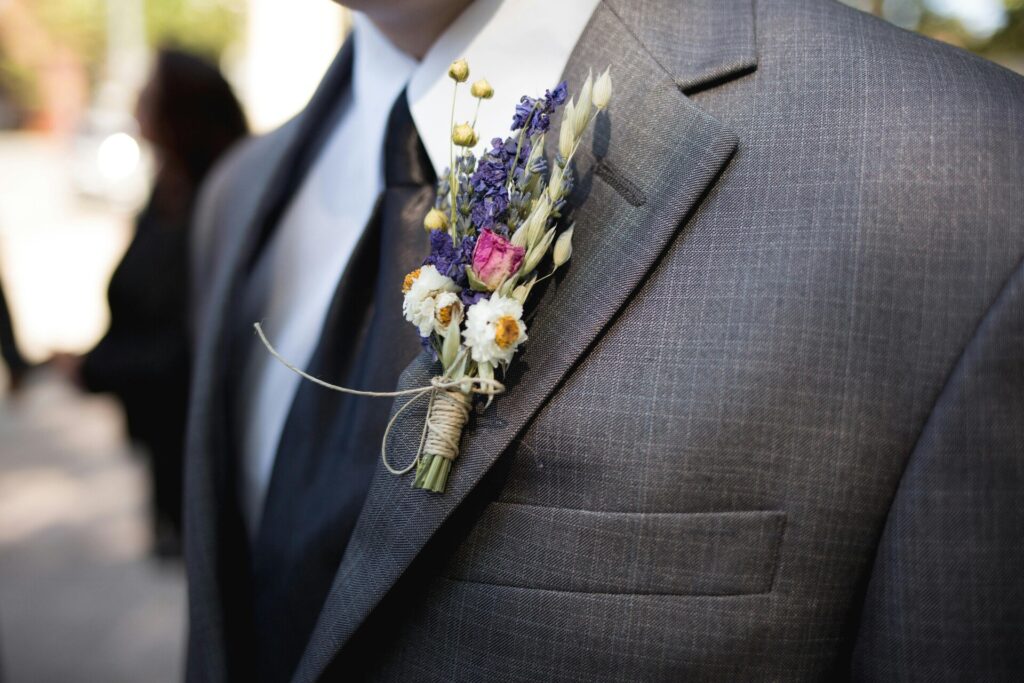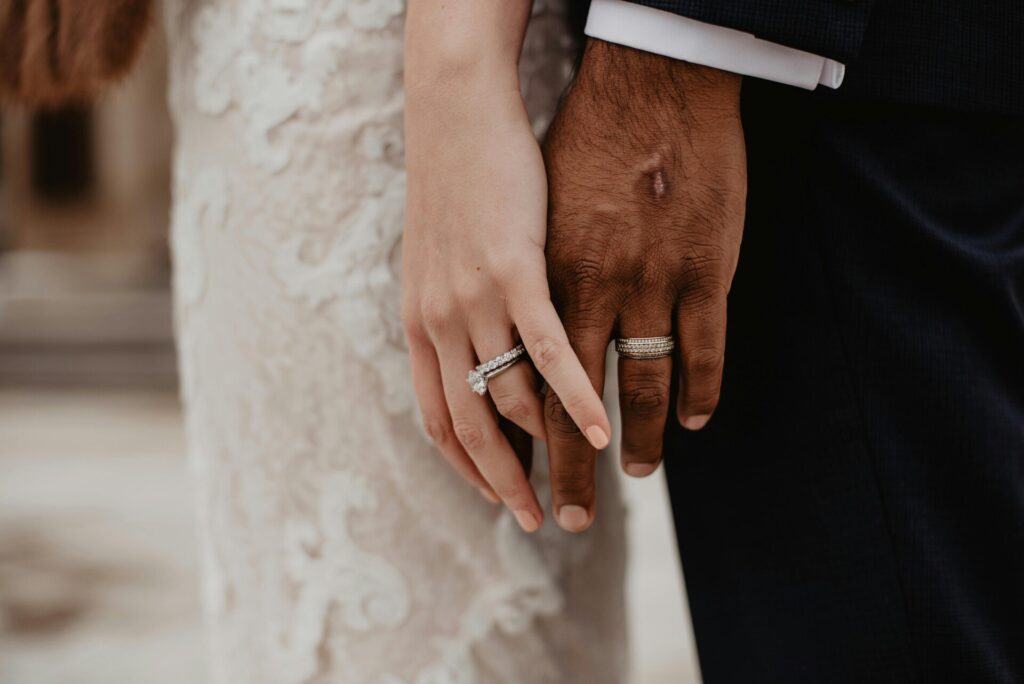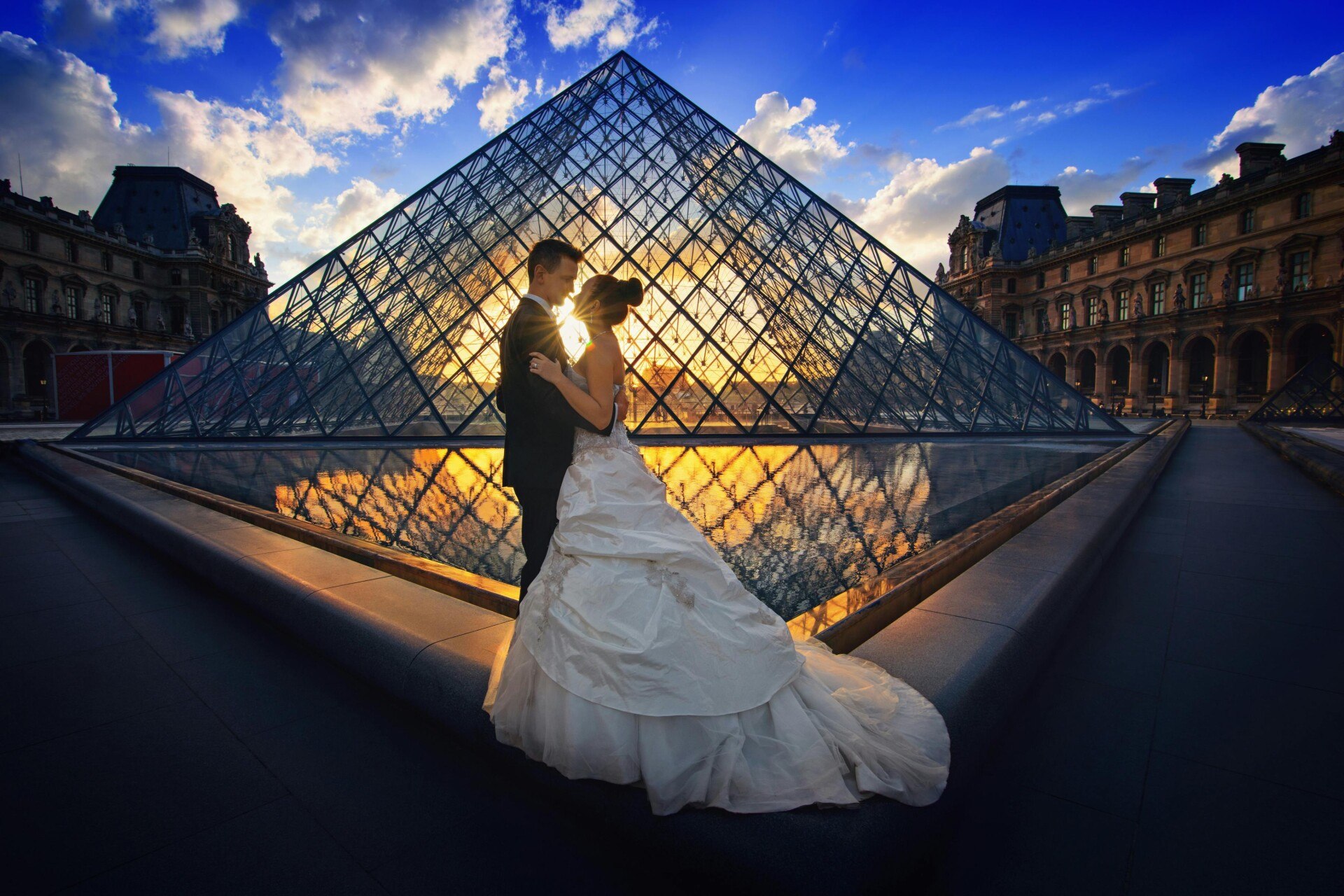Readers from abroad, including Foreign Women who plan to wed an American partner. I hear the same question again and again: how to get married in America without stress. US marriage laws look simple at first glance, yet the rules change from state to state. A license comes before the big kiss. An officiant must say the right words. Names on the license must match IDs. One county asks for a waiting period, another does not. A few states ask for witnesses, others skip this step.
Good news helps. You can marry in any state without being a resident. Same-sex couples can marry in every state. Blood tests are gone. You do not need a Social Security number to apply, if you do not have one. Your marriage is valid across the whole country if your ceremony and paperwork follow the law where you marry. This guide walks through marriage requirements USA in plain words. I cover the legal steps to marry in America, the wedding license USA process, and ceremony rules. I share what US marriage regulations look like for citizens and for non‑citizens. I add style tips, because a smart suit or a soft dress can make a courthouse hallway feel like a movie scene. Take this as friendly guidance, not legal advice. County clerks publish the final word for their area. A quick check with the clerk saves time and money.
US marriage laws in plain language: what varies by state and what stays the same
US marriage laws are a mix of shared rules and local twists. Marriage is a civil status across the country, yet each state sets its own steps. That is why you may hear cultural different answers from friends in New York and friends in Texas. Here is the ground that stays steady. Every legal marriage needs a valid license from a county or city office. An officiant must run the ceremony. The couple signs the license. The officiant files it with the clerk. A marriage certificate comes after filing. A marriage done by the book is valid in every state.
Now the parts that change. US marriage regulations set the age to marry at 18 in many states. Some states still allow 16 or 17 with a parent’s consent and a judge’s approval. A growing list of states do not allow marriage under 18 at all. A few states add a waiting period between the license and the ceremony. This pause can be 24 hours, 72 hours, or a few days. Other states have no wait. Every license expires. The time window can be 30, 60, 90, or up to 180 days. If you miss the window, you must apply again. Witness rules change too. Some places ask for one or two adult witnesses at the ceremony. Some places ask for none. Officiants vary by state. Judges, court clerks, justices of the peace, and ordained clergy can perform ceremonies in many states. Some states accept online ordination. Some do not. A quick call to the clerk or a check on the clerk’s site helps here.
Blood tests used to be common. They are not required now. Residency is not required anywhere. You can marry in Las Vegas on vacation or in your partner’s hometown without moving. Some states set a short waiting time after a divorce before you can marry again. A few states limit cousin marriage. Common‑law marriage still exists in a small list of states and the District of Columbia, with strict rules. Civil marriage laws USA set the base. Local details finish the picture. I always tell couples to pick a county, read that county’s checklist, and keep it simple.
State marriage requirements and fees: what to expect before the license

State marriage requirements shape your timeline and your budget. Age, consent, waiting periods, and license dates are the main moving parts. The age to marry is 18 in most states. A growing number of states do not allow any marriage under 18. Where marriage under 18 is still possible, it often needs a parent’s consent and a judge’s order. If you are close to 18, read your state’s current rule, as these laws change Waiting periods act like a cool‑down. New York has 24 hours unless a judge waives it. Texas has 72 hours unless you qualify for a waiver. Florida has a three‑day wait for residents who skip a premarital course; non‑residents do not wait. California and Colorado have no wait. License validity dates matter too. Most licenses expire in 30 to 90 days. Colorado allows 35 days to sign. New York gives 60 days to marry. California gives 90 days. A few places go longer. If your license expires, you will need a new one.
Witnesses are simple but easy to miss. Some states ask for one. Some ask for two. Some ask for none. A witness must be an adult and must understand what they sign. Officiant rules vary. Judges and clerks can marry you in many places. Clergy can marry you if they follow state rules. Some states accept notaries as officiants. Some do not. Fees can sit between $30 and $120. Some counties charge more in big cities. Bring cash or a card as the clerk requests. I like to show a quick snapshot. These details change, yet this table gives a sense of how state rules feel on the ground. Always check the local clerk.
| State | Residency Required | Waiting Period | Witnesses Needed | License Valid | Typical Fee |
|---|---|---|---|---|---|
| California | No | None | 1 | 90 days | About $85 (county varies) |
| New York | No | 24 hours | 1 | 60 days | $35–$40 |
| Texas | No | 72 hours | 0 | 90 days | $60–$82 |
| Florida | No | 3 days for residents (none for non‑residents) | 0 | 60 days | $61–$93 |
| Colorado | No | None | 0 | 35 days to sign | $30–$40 |
Two more points help many couples. A few states set a short delay after a divorce before you can marry again. Texas has a 30‑day wait unless a judge waives it. Some states have a longer wait. Also, some states allow cousin marriage, and others do not. Couples in this group should check the law before they plan. State rules shape the plan, yet the love story stays yours. A calm read of the clerk’s page and a short checklist make the day flow with ease.
Marriage documentation USA for citizens and Foreign Women: IDs, translations, and proofs
Clerks ask for documents that prove identity, age, and freedom to marry. Photo ID is the main item. A passport, a state ID, or a driver’s license is common. The ID must be valid and must show your current legal name. If your ID does not show your age, bring a birth certificate or another proof of age. If you were married before, bring the final divorce decree or a spouse’s death certificate. The clerk will need the date the last marriage ended. Some offices ask for the decree number or place of court.
Some counties ask for a Social Security number if you have one. You do not need to have a Social Security number to marry. If you do not have one, many counties ask you to sign a short form that says you do not have a number. This point matters for Foreign Women who visit the US for a wedding. A passport usually works as ID. If your name changed in the past, bring documents that show the chain of names. This can be a prior marriage certificate, a court order, or a decree that shows a name change. Translations must be done with care. If a document is in a language other than English, bring a certified translation. Many clerks accept a translation that includes a signed statement by the translator. The statement says the translator is fluent and that the translation is accurate. Some clerks ask for a notarized translation. Call the clerk to confirm the format. Keep both the original and the translation in your folder. If you plan to use your US marriage certificate in a different country later, ask the state for an apostille. An apostille is a special seal that helps a document travel across borders.
People who plan a visa process ask a few more questions. A K‑1 fiancé(e) visa lets a foreign fiancé marry a US citizen in the US within 90 days of entering. After the wedding, the couple can apply for a green card. A spouse of a US citizen who is already in the US on another valid status may also be able to apply. A visitor visa does not allow a person to enter the US mainly to marry and move. Rules in this area are strict. Talk to an immigration lawyer if you plan any US immigration step. For the marriage license, the clerk does not ask about your status. The clerk checks ID, age, and the freedom to marry. Marriage documentation USA is about identity and records, not about citizenship.

Style and planning notes for the marriage process United States: from courthouse chic to backyard vows
The marriage process United States can be simple and beautiful at the same time. A courthouse wedding asks for lines, windows, and a quick ceremony. A park or a backyard asks for chairs, a small arch, and a weather plan. Foreign Women often ask for ideas that blend two worlds. I love that. A short bilingual vow, a song from home, a ribbon in your hair in your family color. These touches shine in photos and in memory. Name change steps are part of how to get married in America. The marriage certificate allows a name change if you want it. The certificate itself does not change your name. You choose a new name, then update your Social Security record, passport, driver’s license, bank, and work records. Start with Social Security if you live in the US. Use a certified copy of your marriage certificate. Work through your list one by one. Keep your old ID safe until you finish each update. Planning feels lighter with a tidy checklist. I keep this simple list for couples who want a small wedding with a clean look and a calm pace.
- Book the license appointment as soon as you pick a date; check waiting periods and license expiry.
- Choose a civil ceremony at the courthouse or a quiet spot outdoors; confirm witness rules.
- Pick outfits that fit the setting; soft fabrics for indoors, sturdy shoes for parks or beaches.
- Keep vows short and clear; add one personal line each for warmth.
- Bring a small bouquet or boutonniere; match colors with a tie, ribbon, or nail shade.
- Plan a mini photo route: courthouse steps, a mural, a bridge, or a garden bench.
- Order two to three certified copies of the marriage certificate for records and a name change.
- Set a sweet toast after the ceremony: coffee and cake, or a picnic with fruit and sparkling water.
- Save a folder with your license receipt, certificate copies, and translation if needed.
- For Foreign Women, add a file for immigration papers and keep scans of all key documents.
A few last notes on style and planning help tie it all together. Fees are small, yet plan for little extras: parking, a bouquet, a photo hour, or a dinner for two. Many courthouses offer ceremonies only on certain days or in the afternoon. Arrive early. Smile at the clerk; those offices see love all day. Bring your pen, your ID, and the license. Read the names on the license before you sign. Small details keep the focus on each other, which is the point of the whole day.
The state sets the rules. Your story sets the light. US marriage traditions and laws give a clear path for couples who want a civil, simple wedding. The rest is about the feeling you carry when you walk out the door as partners for life. I feel lucky every time I help a couple cross that threshold with calm hearts and bright eyes.

